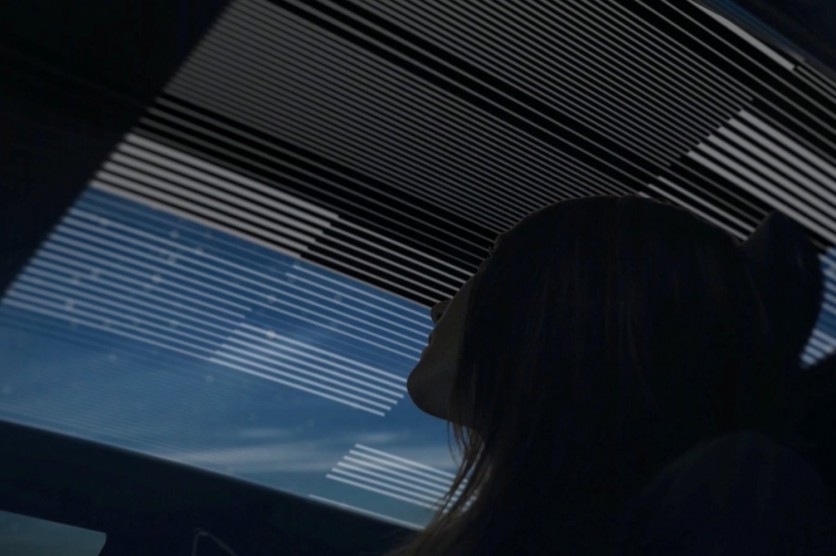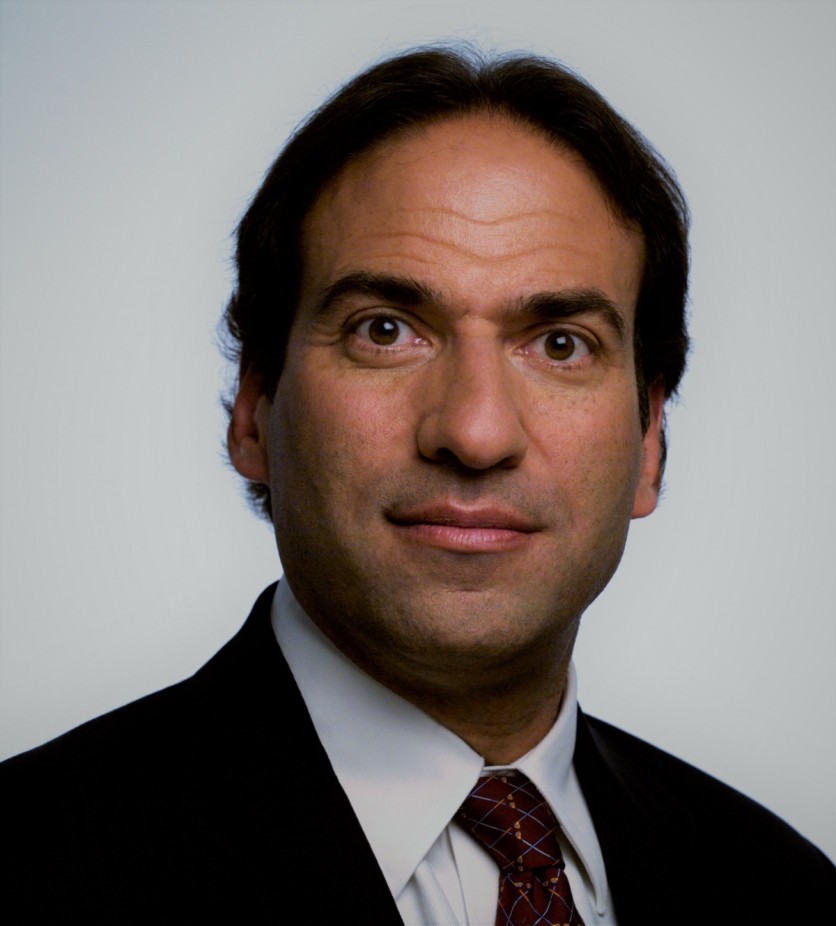In late July, General Motors pulled the tape off its stellar concept vehicle, aptly coined the CelestIQ by Cadillac. Although the company relates the CelestIQ as but a mere show car, GM still found a reason to give it a weighty $300,000 price tag, much of which is due to its fully hand-crafted production cycle. GM highlights a multitude of interesting features built into the CelestIQ, such as a 55-inch digital display, GM's Ultra Cruise system, and a so-called "Suspended Particle Device" technology utilized in its panoramic glass roof.
This feature is what stood out to me the most, offering Cadillac's CelestIQ a new range of comfort built into the very glass covering the driver's and passengers' heads. Heading up the SPD-SmartGlass technology is Research Frontiers, a nanotechnology firm started in 1965 and now headed by the likes of Joe Harary. For over 30 years, he has been at the helm of the company, pushing forth its smart glass technology in tandem with a bevy of other interesting concepts.

Although GM and Cadillac are putting the SPD-SmartGlass to good use in their CelestIQ concept car, I wondered what more the technology could be leveraged for and how best it can be utilized to better our lives. In a short discussion with Harary, I was privy to exploring some of the most interesting and compelling use cases for SPD-SmartGlass, opening up a world of wonder on the other side of the pane.
Tech Times: Can you detail how the SPD-smart glass works exactly? How does nanotechnology itself operate within the glass?
Joe Harary: SPD-SmartGlass is actually a film containing specially engineered nanoparticles that can be laminated into almost any glass or plastic substrate that is used in automotive, architecture, aviation, consumer products, and more. By applying a small electric voltage to the glass, the nanoparticles align or scatter, allowing individuals to tune the glass from clear to almost completely opaque and anywhere in between. In addition, unlike PDLC glass - which many people may have seen in conference rooms and bathrooms and do not block light but merely scatter it to create privacy but not heat or light control, and electrochromic glass which can take up to 45 minutes to switch from light to dark, SPD-SmartGlass allows for immediate tunability of the tint so passengers can get the exact right amount of sunlight they want coming in, exactly when they want it.
In addition to the experience differentiators for passengers, OEMs have been able to achieve dramatic performance benefits by using SPD-SmartGlass as well. For example, studies have shown that vehicles with SPD-SmartGlass can stay up to 18 °F cooler than those with traditional glass by simply replacing a normal sunroof glass with SPD-SmartGlass. This of course makes vehicles much more comfortable for passengers but also cuts air conditioning demands dramatically, allowing OEMs to reduce the size of AC compressors by up to 40 percent. OEMs have also been able to give vehicles more headroom without raising the car's center of gravity (which could compromise road stability) by integrating SPD directly into vehicle roofs - like in the Celestiq - thus eliminating the need for additional space to accommodate a traditional pullover sunroof shade. These two innovative uses alone mean that OEMs can increase comfort and security and boost their EV ranges by as much as 5.5 percent or reduce internal combustion engine emissions by 4 grams per kilometer.

TT: Layup question here: what does SPD stand for?
JH: Suspended Particle Device
Related Article: Peering into the Future of Marine Innovation With Brunswick
TT: Beyond Cadillac's CelestIQ, what other use cases can you see the SPD-SmartGlass being leveraged for? Ie. smartphones, building windows, etc.
JH: In addition to the Celestiq, SPD-SmartGlass is currently widely used in the transportation space by OEMs including Mercedes, McLaren, aviation OEMs like Textron-Beechcraft and many others. Beyond automotive because of the technology's ability to reduce heat gain and its ability to prevent UV and visible light damage - it blocks over 99.9% of UV ray penetration - is used in buildings and installations around the world including at the MLB Hall of Fame, U.S. Pavilion at the World's Fair, CERN Globe and many more. The technology is definitely being applied by tech companies in some interesting ways as well. For example, LG uses SPD-SmartGlass to power their transparent OLED television Technology.
TT: How old is this technology?
JH: SPD technology was originally discovered by Edwin Land from Polaroid. However, he was not able to get it to work. $110 million and hundreds of patents later, SPD-SmartGlass has become the best-performing and bestselling smart glass in the world.

TT: Can the glass be integrated into other portions of the car, for instance the taillights? Or the main window panes?
JH: Absolutely. Imagine having the top side of your windshield become a built-in variable light transmission sun visor that detects where the sun is and adjusts some of all of the sun visor's opaqueness to instantly block oncoming glare. Or side and rear glass to block unwanted heat, light and glare and make devices more readable. In a BYOD (Bring-Your-Own-Device) world, this becomes even more important. As the world moves to more autonomous self-driven cars, maintaining a connection with the outside world when you want it, and shutting it out when you do not, will be very important. Also use of SPD in heads-up displays makes them more readable in changing ambient lighting conditions. And SPD has even been shown by BMW in adaptive headlights with no moving parts and simpler assembly.
TT: What other concepts have you done for such brands as Mercedes and McLaren?
JH: We are working with almost every major car maker in the world. However, it is up to them to decide when to announce what they are working on when it comes to SPD. It is a large and impressive pipeline, however.
TT: What is the most interesting currently-existing technology that excites you specifically in the sense that you could see the SPD glass tech being an easy integration?
JH: Glass is everywhere. I am most excited about the combination of SPD with transparent OLED technology and various lighting technologies. However, when you consider that most of the light coming into a vehicle or structure such as your home or office is coming through your window in the form of daylight, controlling that with SPD-SmartGlass makes the interiors of those structures safer, more comfortable, and more energy efficient.
ⓒ 2025 TECHTIMES.com All rights reserved. Do not reproduce without permission.




